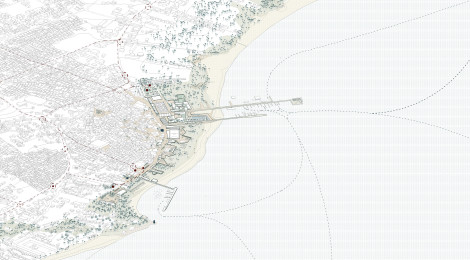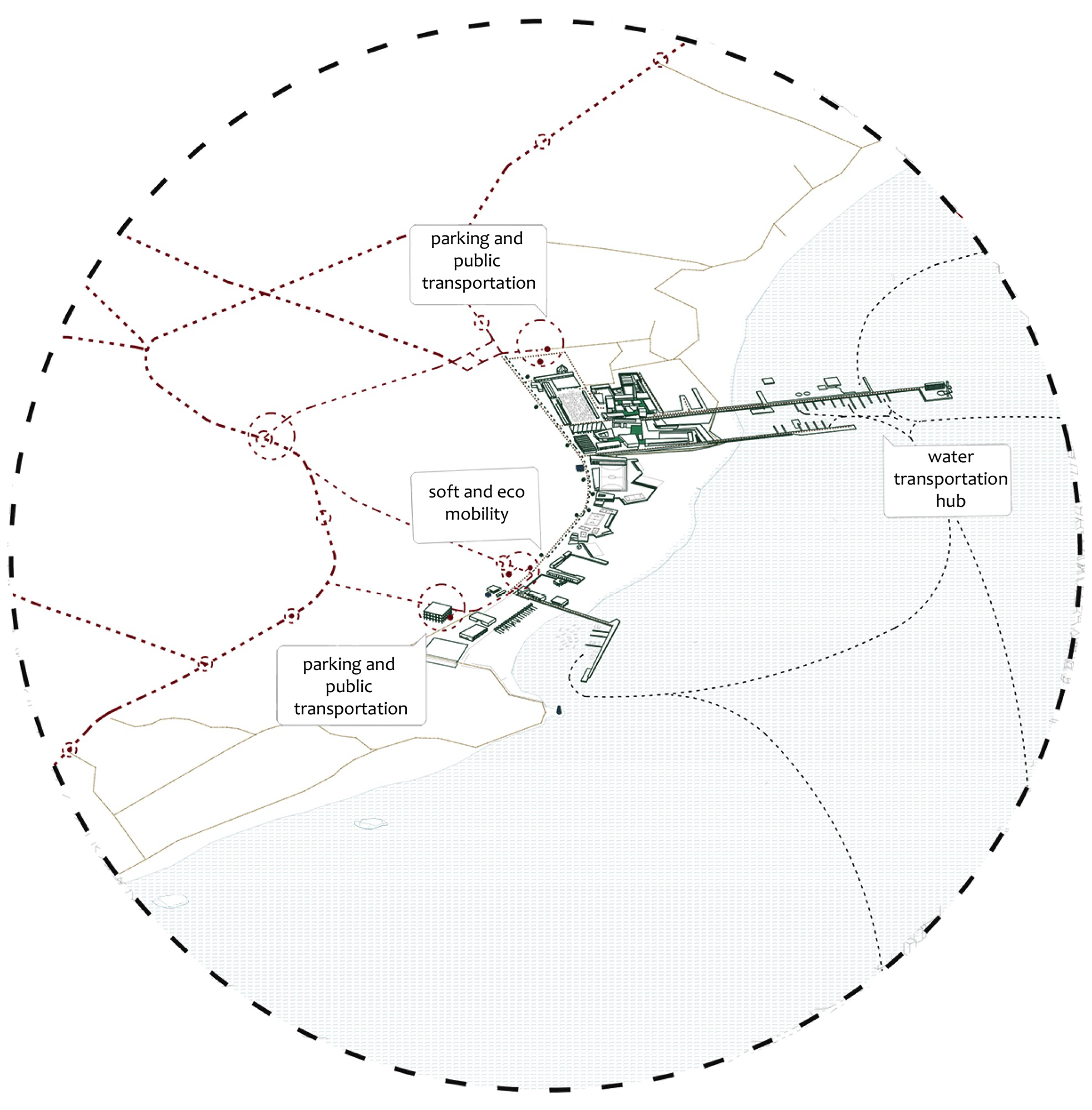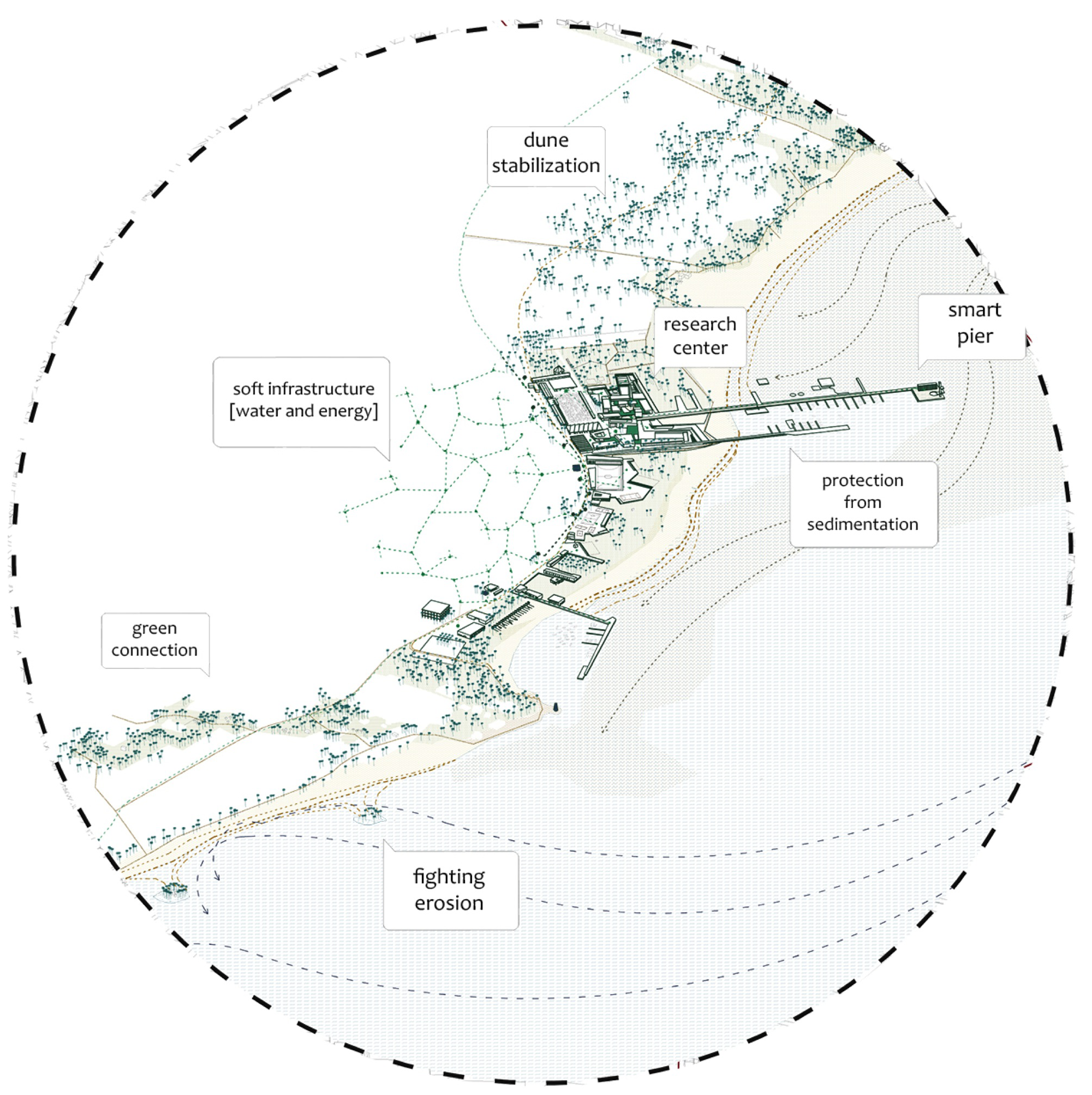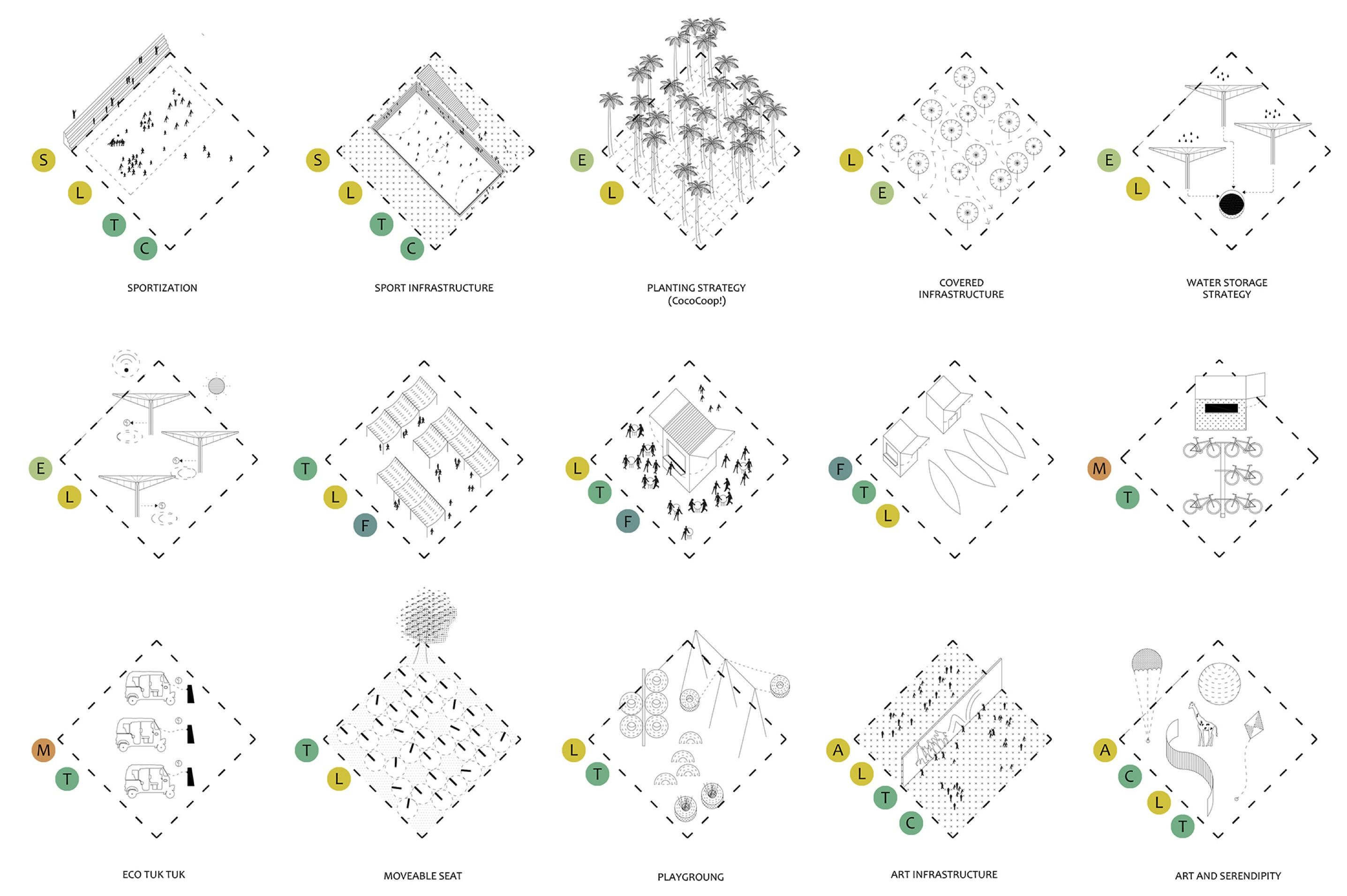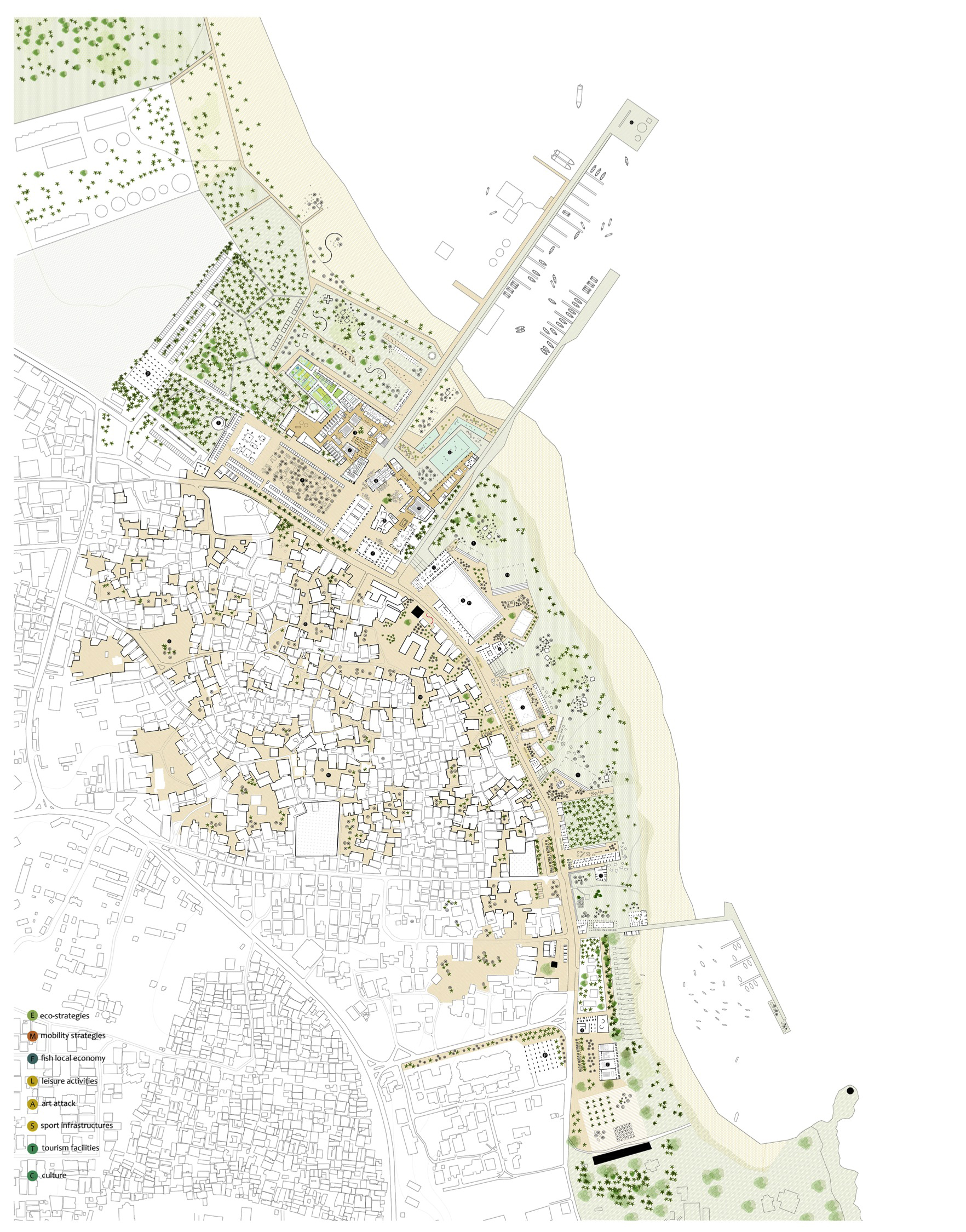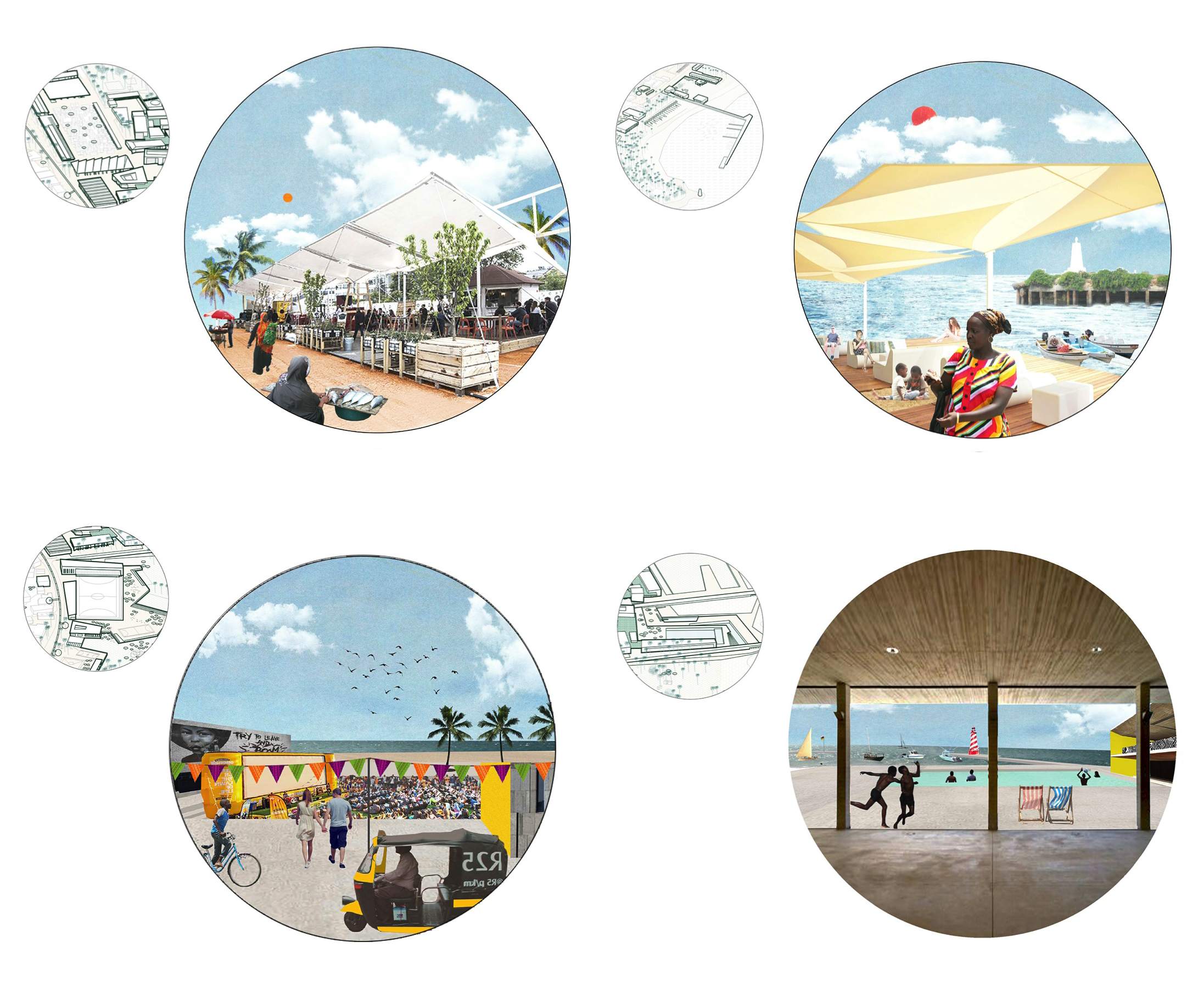Sinister
JF-Expert Member
- Feb 18, 2013
- 1,529
- 1,576
The National government of Kenya according to Tourism CS Najib Balala plans to construct four more waterfronts along various water bodies in the Coast, Western and Rift Valley regions in a bid to boost tourism in those particular regions and the country at large.
The CS, while speaking to the press when he toured Hellsgate National Park ahead of the United Nations’ fact-finding mission, mentioned that the government had set aside funds for the envisaged projects two months after the completion of the construction of the Mama Ngina waterfront in Mombasa County.
The planned projects
According to Mr. Balala, Mombasa will get an additional waterfront at the Jomo Kenyatta public beach due to its frequent visits by thousands of residents while the rest of the projects will be constructed in Malindi, Naivasha, and Kisumu.

While he did not mention exactly where in Malindi and Kisumu the waterfronts be constructed, Balala said that the one of Naivasha will be constructed on a piece of land owned by the Kenya Wildlife Service which borders the lake.
“We are working with the other government departments to ensure that the projects are implemented within the shortest time possible, he said.
Fears over the Lake Naivasha waterfront
Stakeholders and environmental experts recently expressed skepticism over the planned construction of the Lake Naivasha waterfront. According to the chairman of the Lake Naivasha Water Resources User Association Mr. Enock Kiminta, the waterfront could be harmful to the lake. “An environmental impact assessment should be done before this project is undertaken, we fear it may have negative effects,” he said.
On the other hand, Balala confirmed that they are working on security measures to ensure the parks’ gorges are safe for all before they are opened to the public.
The CS, while speaking to the press when he toured Hellsgate National Park ahead of the United Nations’ fact-finding mission, mentioned that the government had set aside funds for the envisaged projects two months after the completion of the construction of the Mama Ngina waterfront in Mombasa County.
The planned projects
According to Mr. Balala, Mombasa will get an additional waterfront at the Jomo Kenyatta public beach due to its frequent visits by thousands of residents while the rest of the projects will be constructed in Malindi, Naivasha, and Kisumu.
While he did not mention exactly where in Malindi and Kisumu the waterfronts be constructed, Balala said that the one of Naivasha will be constructed on a piece of land owned by the Kenya Wildlife Service which borders the lake.
“We are working with the other government departments to ensure that the projects are implemented within the shortest time possible, he said.
Fears over the Lake Naivasha waterfront
Stakeholders and environmental experts recently expressed skepticism over the planned construction of the Lake Naivasha waterfront. According to the chairman of the Lake Naivasha Water Resources User Association Mr. Enock Kiminta, the waterfront could be harmful to the lake. “An environmental impact assessment should be done before this project is undertaken, we fear it may have negative effects,” he said.
On the other hand, Balala confirmed that they are working on security measures to ensure the parks’ gorges are safe for all before they are opened to the public.
